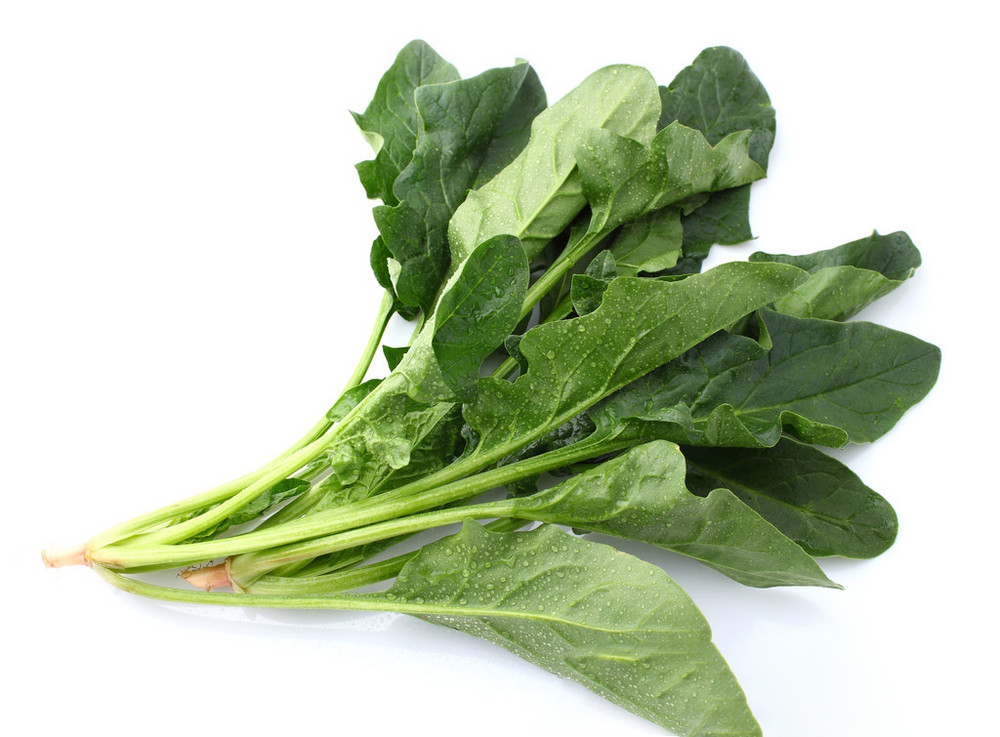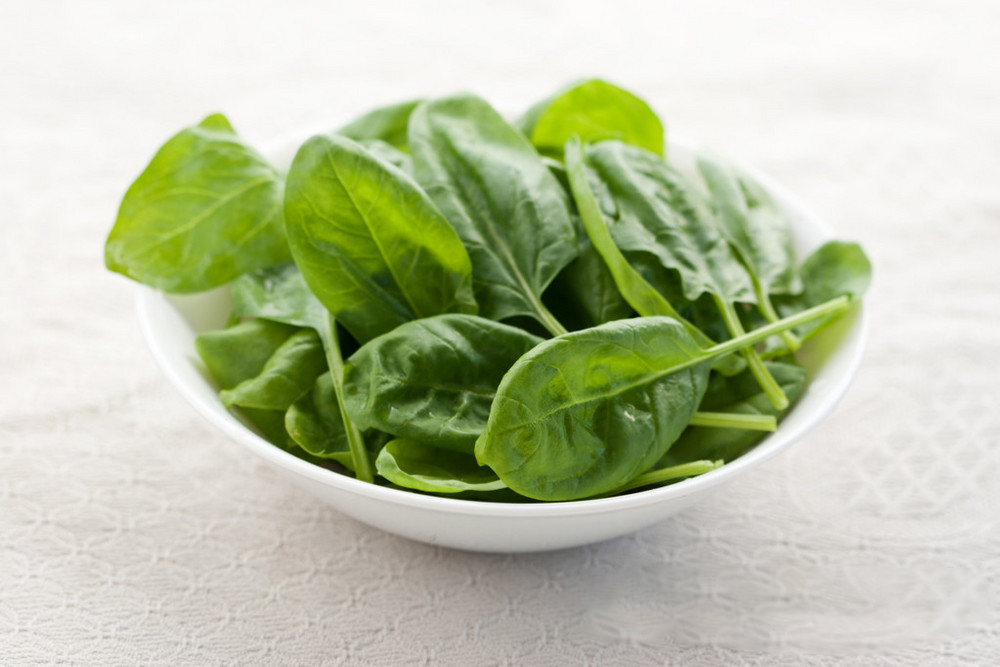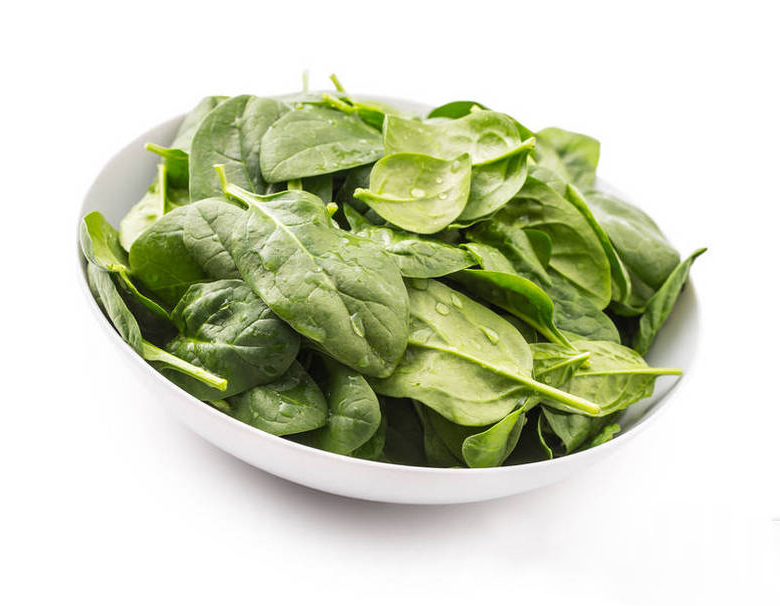Although frozen spinach has few calories, it is rich in nutrients. A serving of three cups can provide over 300% of the daily average intake of vitamin K. This green leafy vegetable also provides over 160% and 40% of the daily average intake of vitamin A and vitamin C, respectively. According to the National Library of Medicine, vitamins K and A support strong bones, while vitamin C helps with wound healing. Frozen spinach also contains 45% of the average daily intake of folate, a B vitamin that helps form red blood cells and DNA. It also provides iron, magnesium, potassium, calcium, and small amounts of other B vitamins. In addition to various vitamins and minerals, frozen spinach also provides antioxidants related to anti-inflammatory and disease protection. Some of the antioxidants in frozen spinach include kaempferol, quercetin, myricetin, and isorhamnetin - also known as flavonoids. According to the Ministry of Agriculture, flavonoids are compounds that may help protect you from cancer as well as cardiovascular and inflammatory diseases.
In a study published in the journal Food and Function in 2016, researchers summarized the protective effects of frozen spinach balls. They stated that the compounds found in frozen spinach balls can reduce oxidative stress. They also have a positive impact on gene expression or the activation of certain genes in metabolism and inflammation. In addition, these compounds can trigger the release of satiety hormones, making you feel full and satisfied after eating frozen spinach balls. For these reasons, researchers have concluded that eating more frozen spinach balls may help curb chronic diseases, including heart disease, cancer, type 2 diabetes and obesity.
Frozen spinach balls is also a source of nitrate, which is a naturally occurring chemical substance. Nitrates open or dilate blood vessels. This can improve blood flow and reduce heart pressure. In a study published in the Journal of Nutrition in 2016, a group of 7 women and 11 men consumed four nitrate rich beverages, including a spinach drink. Researchers found that participants' nitrate levels in their blood increased after drinking these beverages. Six spinach drinks, as well as beetroot juice and arugula salad drinks, also lowered blood pressure. After consuming spinach and arugula salad drinks, diastolic blood pressure (the lowest value in blood pressure readings, indicating arterial pressure between two heartbeats) remains at a low level for 5 hours.
Lutein, an antioxidant found in frozen spinach leaves, can reduce the risk of age-related macular degeneration (AMD). According to the National Institute of Ophthalmology, AMD is an eye disease that can blur the sharp central vision necessary for reading and driving. It is the main cause of vision loss among people aged 55 and above. Prevention is key because AMD cannot be cured. In a study published in Nippon Ganka Gakkai Zasshi in 2016, researchers examined the eyes of 11 participants who consumed 75 grams of frozen spinach leaves containing 10 milligrams of lutein per day for two consecutive months. Consuming spinach rich in lutein increased participants' hemoglobin levels and increased the measurement of macular pigment optical density (MPOD). Macular pigment protects the eyes like internal sunglasses. Low or decreased MPOD is a risk factor for AMD. Research has shown that consuming spinach may help suppress the risk of AMD.
Although adding frozen spinach leaves to lettuce and cooked vegetables can help maximize its health benefits, some studies suggest that uncooked vegetables can retain their lutein content. In a study published in Food Chemistry in 2018, researchers found that the lutein content of frozen spinach leaves gradually decreased after cooking it using various methods. When researchers fried spinach at high temperatures, a significant proportion of lutein decreased after two minutes.
Therefore, it is important to eat raw frozen spinach to obtain the maximum intake of lutein. For example, try mixing frozen spinach with healthy fats such as avocado or almond butter in smoothies. When you cut spinach into small pieces, lutein is released from the leaves. Healthy fats increase the ability to absorb anti eye disease antioxidants.



Post time: Jul-17-2025





